
Your all-inclusive reservation at Moon Palace Resort includes unlimited meals, drinks, taxes and gratuities.
Join us for AiMES 2018, September 30 through October 4. This is a joint meeting with ECS and the la Sociedad Mexicana de Electroquímica being held at the Moon Palace Resort in Cancun, Mexico.
Moon Palace Resort is a gigantic all-inclusive luxury resort along Cancun’s Mayan Riviera amidst 55-acres of lush tropical foliage. Just minutes from the Cancun International Airport, it features a full-service spa and a 27-hole golf course designed by Jack Nicklaus, a larger-than-life pool, and countless restaurants and eateries making this resort truly all-inclusive.
The all-inclusive dining section includes all meals including breakfast, lunch, dinner, and unlimited snacks at any of the buffet style and a la carte restaurants, as well as beverages including alcohol. The Resort offers a variety of entertainment options for family members of every age and with different interests. There are non-stop activities including bicycling, basketball, beach volleyball, tennis, a teen’s lounge, a supervised kids club, a FlowRider to try your surfing skills, and mini-golf.
ECS has arranged a room block at the resort with rates starting at $364 per night.
Your all-inclusive reservation includes unlimited meals, drinks, taxes and gratuities.
Book Your Room Today!
Daily room rates include all of the following:
- All meals and drinks at the hotel including alcoholic beverages
- All hotel taxes and gratuities
- In-room wine, liquor dispenser, mini bar, purified water and 24-hour room service
- Turn-down service
- Double whirlpool tub and bath amenities.
- Wireless Internet, available in public areas, guest rooms and meeting space.
- Most on property sports and activities.
- Flat-screen satellite TV
- Private Balcony
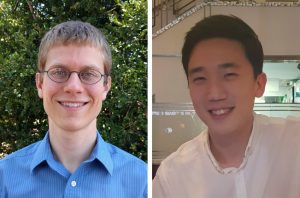


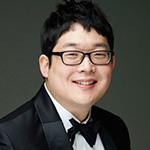
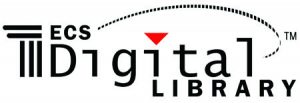

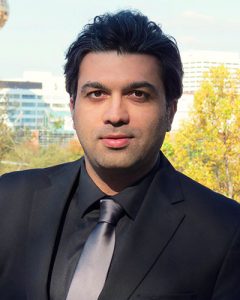
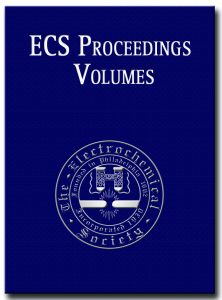 ECS is pleased to announce the addition of over 450
ECS is pleased to announce the addition of over 450 
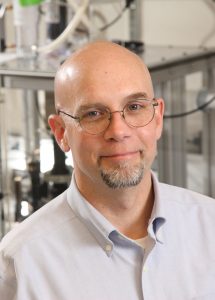 The Electrochemical Society has appointed Robert G. Kelly of the
The Electrochemical Society has appointed Robert G. Kelly of the 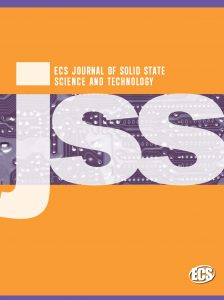
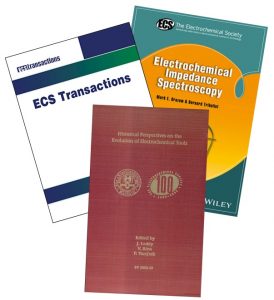 Attending the
Attending the